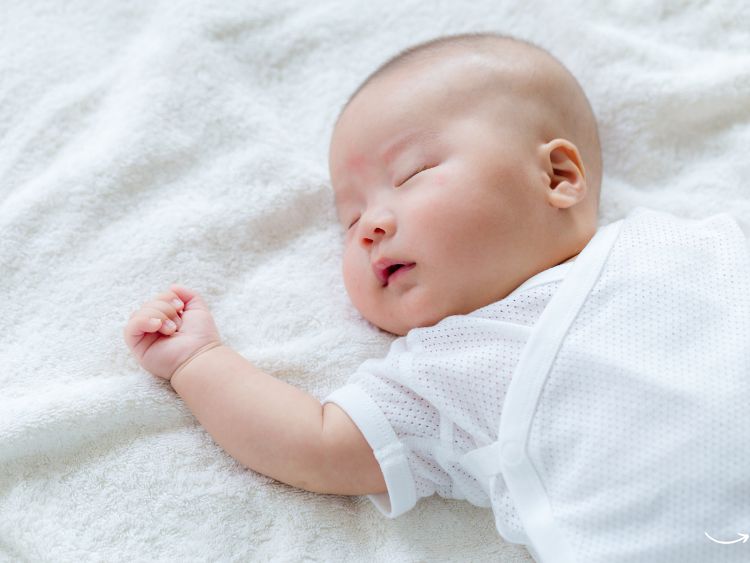Why Baby Dolls Never Go Out of Style
Have you ever wondered why baby dolls have stayed popular for centuries? From the charming porcelain dolls of yesteryear to the interactive ones of today, these toys hold a special place in our hearts. They’re not just toys; they’re companions, teachers, and sometimes, even collectibles. Whether you’re buying a doll for your child or adding one to a collection, understanding their value goes beyond aesthetics.
Let’s dive into the fascinating world of baby dolls and uncover what makes them so timeless!
The Rich History of Baby Dolls
Where Did Baby Dolls Come From?
Baby dolls date back thousands of years, with their first appearances in ancient civilizations. Here’s a quick timeline:
- Ancient Egypt: Dolls made from clay and wood symbolized childhood.
- Medieval Europe: Dolls became more refined, crafted from fabrics and wax.
- Victorian Era: Porcelain dolls emerged, becoming prized possessions for children and adults.
As materials and manufacturing evolved, so did the designs. Today, we see everything from cuddly rag dolls to high-tech models that can mimic real babies!
Baby Dolls in Pop Culture
Think about movies like Toy Story or brands like Barbie and Baby Alive. Baby dolls have often been cultural icons, influencing trends in fashion, parenting, and even storytelling.
Why Baby Dolls Matter: Benefits Beyond Playtime
Baby dolls are more than just adorable—they’re educational! Here’s why they matter:
1. Enhance Emotional Development
Children often treat their dolls like real babies, learning empathy and nurturing skills.
2. Encourage Role Play
Through role-playing with dolls, kids explore real-life scenarios, from feeding and changing to bedtime routines.
3. Develop Fine Motor Skills
Dressing, feeding, or even carrying dolls helps improve hand-eye coordination.
4. Boost Creativity
With dolls, kids imagine entire worlds and create stories, fostering creativity.
Types of Baby Dolls: Which One Should You Choose?
Choosing a baby doll depends on the child’s age, interests, and purpose. Here’s a breakdown:
1. Soft Baby Dolls for Toddlers
- Made of plush or fabric for safety.
- Perfect for cuddling.
2. Interactive Baby Dolls
- Can talk, cry, or even eat!
- Great for older kids who enjoy interactive play.
3. Classic Porcelain Dolls
- Ideal for collectors.
- Delicate and detailed, often used as decorative pieces.
4. Multicultural Baby Dolls
- Represent diversity.
- Help teach children about different cultures and inclusivity.
5. Eco-Friendly Baby Dolls
- Made from sustainable materials.
- Perfect for families prioritizing environmental consciousness.
Tips for Buying the Perfect Baby Doll
Here’s what to keep in mind when shopping for a doll:
- Age Appropriateness: Always choose a doll suited for the child’s age to avoid small parts or fragile designs.
- Material: Look for non-toxic, durable materials.
- Features: Decide if you want a simple doll or one with interactive features.
- Ease of Cleaning: Dolls that are machine-washable or easy to wipe down are lifesavers for parents.
- Cultural Representation: A doll that reflects the child’s culture—or introduces them to others—can be meaningful.
Caring for Baby Dolls: Keeping Them in Top Shape
For Kids:
- Wipe dolls down regularly with a damp cloth.
- Avoid submerging dolls with electronic components in water.
For Collectors:
- Store dolls in a temperature-controlled environment.
- Use display cases to protect them from dust and sunlight.
Frequently Asked Questions (FAQs)
1. What is the best baby doll for a 2-year-old?
Soft, cuddly dolls with no small parts are ideal for toddlers. Look for brands like Cuddle + Kind or Fisher-Price.
2. Are baby dolls suitable for boys?
Absolutely! Dolls help all children learn nurturing skills and explore role-playing, regardless of gender.
3. How do I clean a baby doll?
Most fabric dolls can be machine-washed, while plastic dolls can be wiped down with a mild soap solution.
4. What makes collectible baby dolls valuable?
Factors like limited editions, historical significance, and materials (e.g., porcelain) determine their value.
5. Can baby dolls help with child development?
Yes, dolls support emotional, social, and motor skill development, making them excellent learning tools.
Summary: Baby Dolls—A Beloved Companion
Baby dolls aren’t just toys; they’re tools for learning, creativity, and connection. Whether you’re choosing a first doll for your child or adding a rare piece to a collection, there’s a perfect baby doll out there for everyone. Their charm transcends generations, proving that some things truly never go out of style.
Authoritative Links for Further Reading
- History of Dolls: www.historyofdolls.com
- Benefits of Pretend Play: www.parentingbenefits.org/pretend-play
- Guide to Collectible Dolls: www.collectibledollsguide.com

